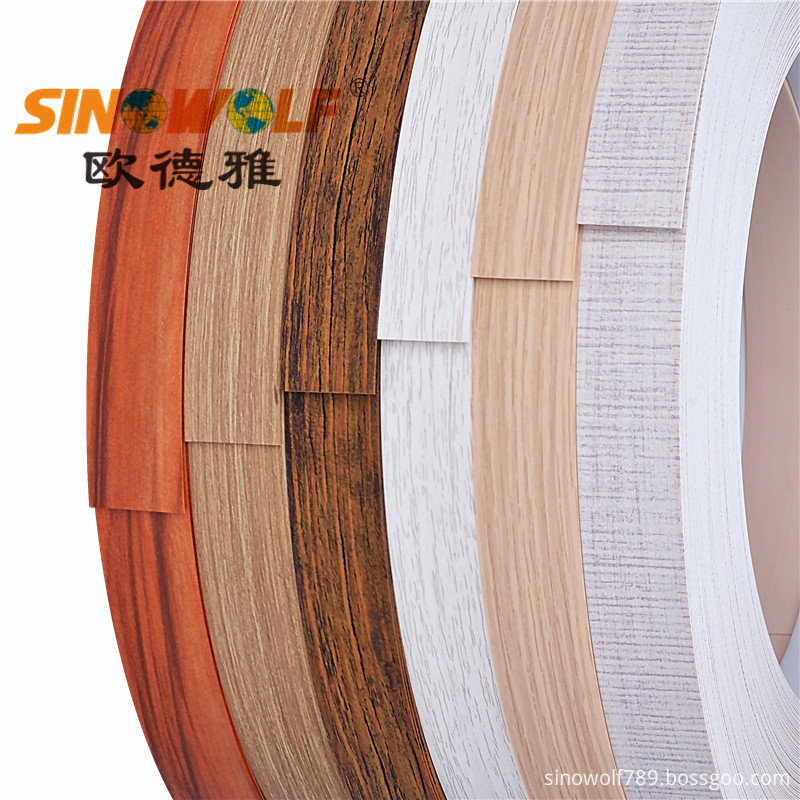The audio and video synchronization problem is one of the key issues that need to be addressed in the video intercom, and it is also a weakness that has been attacked by analog access control product manufacturers. Because the analog video intercom products use dedicated line transmission, this problem does not exist. There are many ways to solve the synchronization problem. Among them, the timestamp is the most mature and the most complete and most complex solution. It can solve the problem of audio and video synchronization in any multimedia domain. The principle is to select a reference time and refer to the reference when generating the data stream. The time in time gives each data block a timestamp; during playback, it reads the timestamp on the data block, and at the same time refers to the time on the current clock to schedule the playback, allowing the packet to wait faster than this reference time, discarding the slow Package for this reference time. In the timestamp-based synchronization mechanism, processing only data that is not synchronized is incomplete and requires a feedback mechanism. DirectShow on the Windows platform provides such a feedback mechanism, and its quality control (QualityControl) can be played. The status is fed back to the source, allowing the source to speed up or slow down the data stream.
In the multimedia file collection, playback and synchronization requirements are very strict, if the audio and video data from the multimedia file data is not synchronized, the audio and video time difference will be greater and greater, which is unbearable, so in the multimedia In the document, not only a synchronization mechanism but also a feedback mechanism is required.
Second, digital video intercom audio and video synchronization program
In the digital video intercom, there are two kinds of audio and video synchronization schemes that can be considered: one is to solve the transmission end; the other is to solve the receiver end.
The solution at the sending end is relatively simple. The specific measure is to collect the audio and video data at the sending end for a period of time. For example, if a frame of video is captured, the frame is captured and the video data collected within the frame of the frame is encoded into a packet. After receiving the packet, the receiver unpacks the video and plays it separately. The control method for the sender to solve is relatively simple, but it is not ideal in the case of relatively high definition of high definition, and the high definition means that the data volume of each audio and video package is large, and synchronization can be ensured, but it is difficult to ensure continuity. We send PCM audio and H.264 video in the same thread in chronological order. The test results show that there is a continuous problem with this method.
The problem that cannot be solved by the receiving end solution is a time stamp, and the receiving end arranges to play according to the time stamp of the received audio and video data. The timestamp needs a reference time, and the time of the video in the acquisition process is indefinite. The frame rate of the digital camera acquisition image is an average value and should not be used as a reference time, so only the audio time can be used as a reference time.
Third, the sound card programming and sound card driver time mechanism
The audio in the door intercom video intercom is two-way. In this article's access control video intercom solution, audio is collected using PCM (Pulse Code Modulation), and the original data is also transmitted in the network. The reason why the audio data is not encoded is based on the following reasons: S3C6410 does not provide hard coding for audio. If software is used to implement coding and decoding, it is difficult to implement under limited system resources. Second, the amount of audio data is small: a telephone voice standard with 8000 sampling rate and 8 quantization bits is used. One second of audio data is 8K bytes, which is equivalent to twice the video data of one frame. This is a very small amount of data for LANs that generally have Fast Ethernet cards. The experimental results show that this simple processing method has proved to be effective.
PVC Wood Grain Color Edge Banding Series include that: All kinds of wood grain colors,, Stone colors, Special design colors which have two or more than two colors. Also the wood grain colors with emboss surface, smooth surface, high gloss surface or super matt surface. It include thin series Wood Grain Edge Banding, and extrude wood-grain colors.
We mainly supply customize color and size as per request. Size ranges 0.35-3.0mm thick and 12-620mm width. We adopt high quality PVC resin, Germany exported ink and UV. Strict quality control system to keep the quality of Pvc Edge Banding.

Pvc Woodgrain Color Edge Banding
Pvc Woodgrain Color Edge Banding,Colorful Pvc Edge Banding,Wood Grain Edge Banding,New Pvc Wood Grain Color Edge Banding
Sinowolf Plastic Dekor Co., Ltd , http://www.sinowolfdekor.com